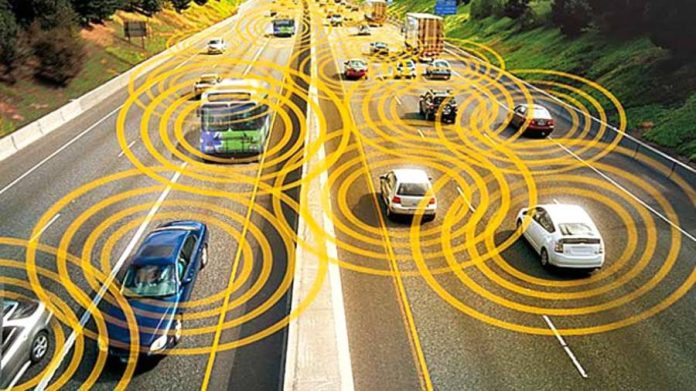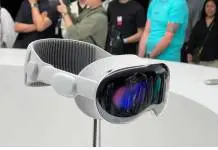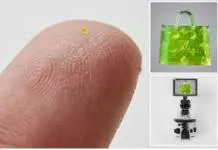
The US National Highway Traffic Safety Administration (NHTSA) is asking all new cars, and light trucks to be able to wirelessly talk to each other as part of a series of rules the Transportation Department released on Tuesday.
Vehicle-to-vehicle communications, or V2V, would significantly reduce traffic deaths, help solve congestion and improve the safety of autonomous cars.
Officials say the future technology could lessen the severity of 80 percent of accidents that do not involve drugs or alcohol.
V2V would enable cars to transmit their speed, locations, and direction to other vehicles ten times per second.
It would give cars and drivers a 360-degree awareness of the road as its range is about 1,000 yards in all directions
Cars would detect other vehicles breaking, speeding, changing lines, or coming around a blind turn just in time for the driver or the system to react and prevent the crash.
The Alliance of Automobile Manufactures is reviewing the proposal, but they see V2V as a complementary feature to the upcoming safety rules coming to vehicles.
The bigger picture: Wireless-connected roads
V2V will be part of a system that will allow cars to “speak the same language” with each other through standardized messaging. The government has been working with the automotive sector to develop the necessary technology.
More so, the Federal Highway Administration will issue a separate guidance to integrate wireless technologies into roadways and road infrastructures such as traffic signs, work zones, and traffic lights.
Vehicles would communicate information about the conditions of the infrastructure to the road itself, so then other vehicles could receive that information as well.
Federal regulators say the final ruling could release in late 2017. When it comes out, 50 percent of the new vehicles will have to pack wireless technologies within two years, and 100 percent of vehicles in four years.
General Motors has plans to include V2V communications in some 2017 Cadillacs, and Mercedes E-Class sedans will pack the feature too.
The third part of the proposal: Vehicle cyber security
The government officials and the car industry see the two technologies, V2V and wireless-connected roads, as complementary. However, there is a third proposal necessary to make these two features work without issue: Road and vehicle cyber security.
The project requires V2V systems to have at least a 128-bit encryption security system and comply with the minimum requirements of the National Institute of Standards and Technology.
V2V messages would have to be encrypted and anonymous, without information on the driver or the vehicle. Also, the message would be brief and would disappear after a short time, so there would be no means to search for a particular vehicle.
Finally, the Federal Communications Commission is the first step of a three-phase testing program to see if sharing the V2V Wi-Fi spectrum with other devices would interfere with the signals.
The Congress gained exclusive rights of the fat 5.9 GHz radio spectrum years ago specifically for V2V, but many technology companies are pushing to acquire permission to use the same range.
Source: NHTSA










